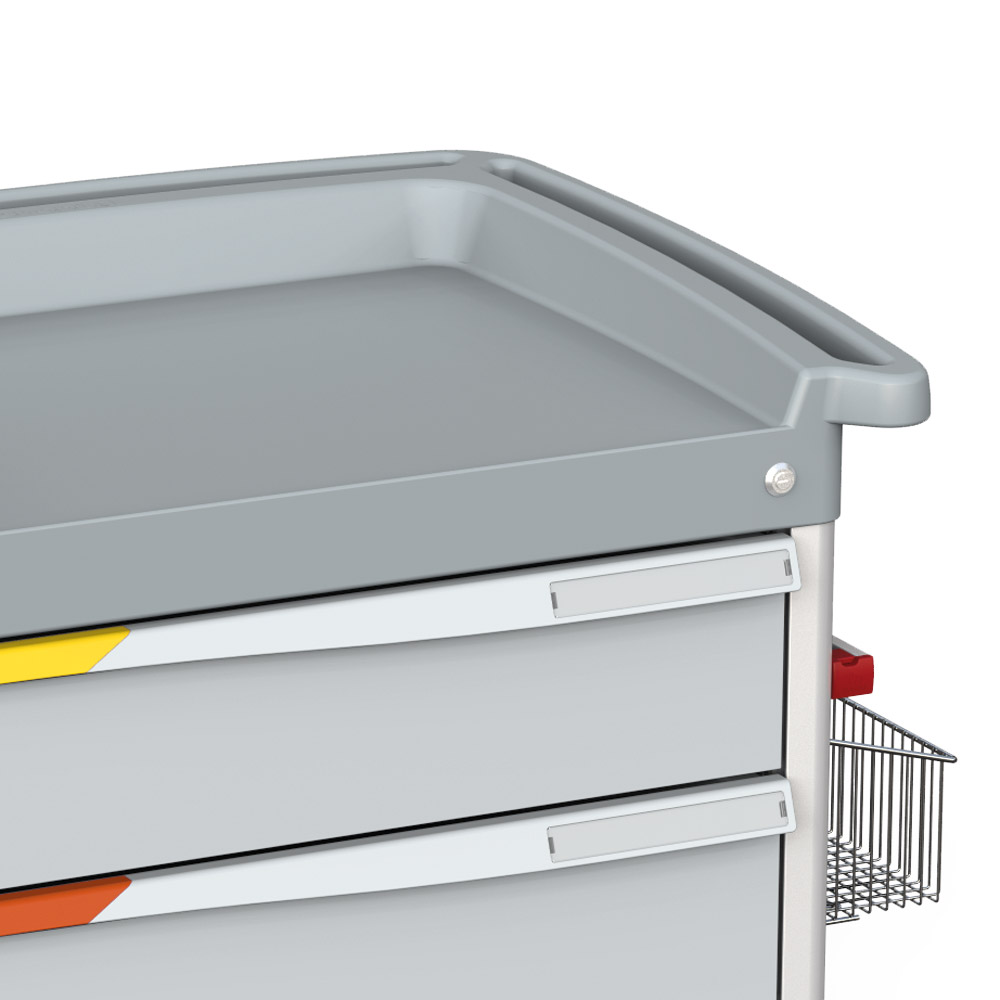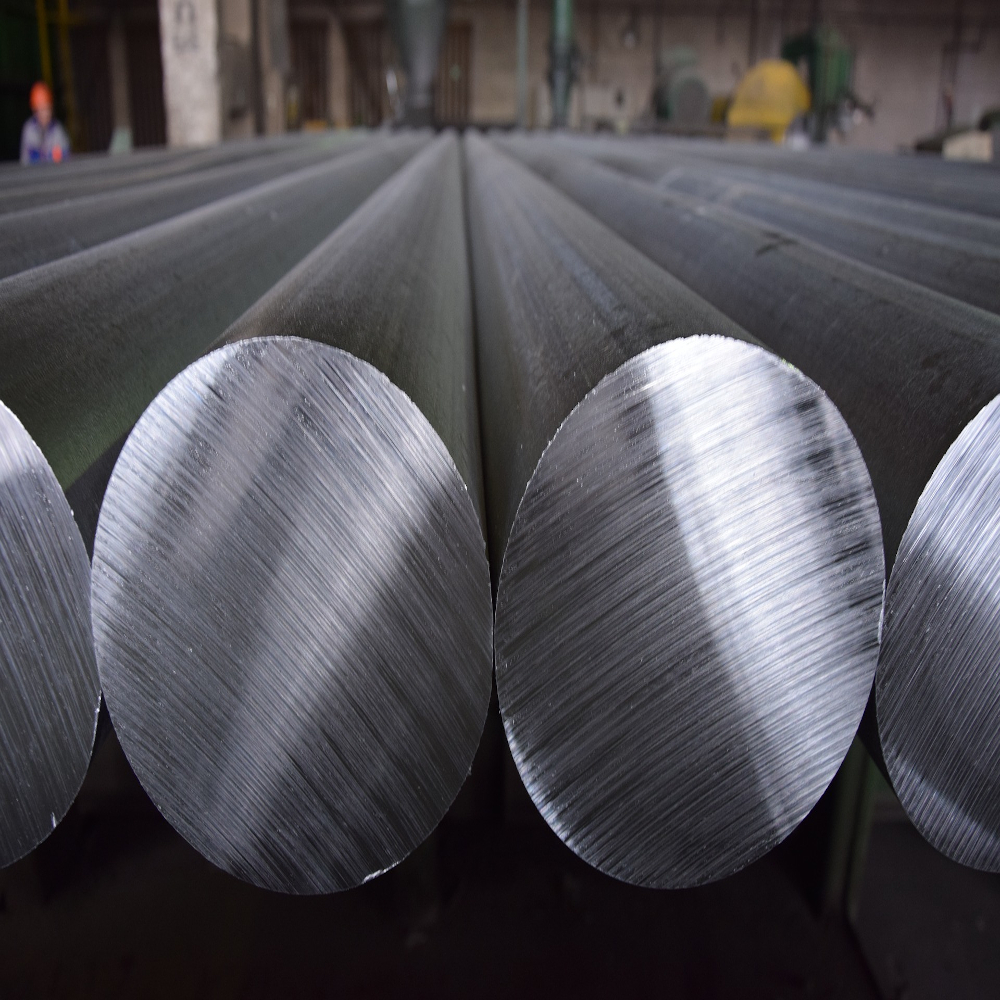IMPORTANT NOTE #1
Always test the cleaning product in a hidden spot on the surface you want to treat.
IMPORTANT NOTE #2
Any cleaning and disinfection product should be used in the manner and concentrations specified by the manufacturer.
23/01/2020
Always test the cleaning product in a hidden spot on the surface you want to treat.
Any cleaning and disinfection product should be used in the manner and concentrations specified by the manufacturer.

ABS plastic
ABS can be cleaned with neutral, slightly alkaline or slightly acidic detergents diluted in warm water (up to 70°C). There are dozens of suitable cleaners from a variety of manufacturers. Very oily surfaces can be cleaned with nonaromatic gasoline solutions such as petroleum ether, ligroin and ethanol. Parts should not be exposed to the cleaner for more than 5 minutes. Formaldehyde, chloramine and other products from specialized companies can be used for disinfection.
Not to be used: products that can scratch the surface. Avoid contact with concentrated acids, both mineral and organic. Important warning to avoid material damage: always observe the concentrations specified by the manufacturer.

Stainless steel
Stainless steel is easy to clean. Its smooth, pore-free surface makes it difficult for bacteria and other microorganisms to adhere and survive. But stainless steel, like all materials, requires some care, especially to remove fingerprints from surfaces. In most cases, a soft cloth, microfiber cloth or sponge soaked in soap and water will give excellent results. For tougher dirt, such as grease, simply use sprays and pastes specially developed for stainless steel. To prevent new stains there are polishing pastes that leave a microscopic but tough layer of wax that makes cleaning metal surfaces especially easy; an excellent product is Kymax Kronnix 27, marketed by ZEP Italia.
Important: Always rinse stainless steel with water after using products, remembering to dry thoroughly.
Not to be used: abrasives that leave scratches, steel wool and abrasive pads (such as Scotch-Brite pads). Bleach, salt or other chloride-containing cleaners can also damage stainless steel.

Anodized aluminium
The surface created by anodizing is very strong and unlikely to wear off. Corrosion, which is normally possible with aluminum, is almost completely prevented by anodizing, making anodized aluminum a very environmentally friendly, modern and innovative form of surface finish. For cleaning, simply use a soft cloth, a little water, and an aluminum-specific cleaner.
Not to be used: abrasives that leave scratches, steel wool pads and abrasive sponges.

2 very important notes
New detergent-disinfectants containing Hi-speed H2O2 have entered the market: in these the active ingredient is hydrogen peroxide at 1.5 percent (per 100 g of product).
This type of detergent-disinfectant is suitable for all materials such as aluminum, steel and plastics as long as it is used in the dilution indicated in the technical information sheet by each manufacturer.
For sterilization:
Autoclaving and cleaning by dry steam are not recommended for all our products. Gas sterilization in which ethylene oxide and carbon dioxide are used is allowed as long as the temperature of 65° is not exceeded.